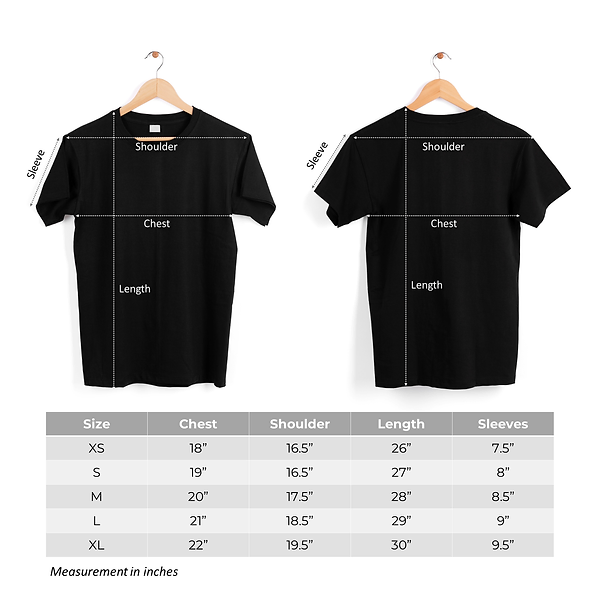Understanding the Importance of Rest Days
While maintaining a consistent workout schedule is essential, knowing when to take a rest day is equally important. Overtraining can lead to burnout, injuries, and decreased performance. Whether you choose active recovery or complete rest, understanding the signals your body sends can help optimize your training.
Key Signs That Indicate You Need a Rest Day
-
Good Pain Becomes Bad Pain
Not all pain is beneficial. Delayed onset muscle soreness (DOMS) is normal after new workouts or increased intensity. However, sharp, localized pain that restricts movement can signal muscle tears, stress fractures, or old injuries flaring up. If this occurs, it’s best to rest and avoid further damage.
-
Achy Joints
If your joints feel sore or achy, it could mean that your muscles are not absorbing impact effectively. This can lead to excessive strain on tendons and ligaments, increasing injury risk. Persistent joint pain may also indicate overuse injuries or pre-existing conditions requiring medical attention.
-
Poor Sleep Quality
Sleep plays a crucial role in recovery. If you’re experiencing difficulty sleeping or waking up exhausted despite getting enough hours, it may indicate overtraining. Poor sleep can lead to decreased performance, mood swings, and fatigue. Tracking your sleep quality can help identify if rest is needed.
-
Decreased Performance and Stagnation
If you’re noticing plateaus in strength, endurance, or speed despite continued training, it may be a sign of overtraining. Instead of pushing harder, taking a rest day or adjusting your workout intensity can help your body recover and improve long-term progress.
-
Training Too Much Without Recovery
Exercising too frequently without adequate recovery leads to cumulative fatigue. Tracking your workouts can help you monitor training volume and ensure you’re not overloading your body. Devices like the Polar Ignite smartwatch can analyze recovery trends and suggest optimal rest days.
How to Incorporate Rest Days into Your Routine
Rest days don’t mean complete inactivity. Light activities such as walking, yoga, or stretching can aid recovery while keeping you active. Listen to your body, track your workouts, and adjust your training schedule to ensure long-term progress without setbacks.
Final Thoughts
Knowing when to rest is just as important as knowing when to train. Paying attention to warning signs like pain, fatigue, and declining performance can help you make informed decisions about when to take a rest day and keep you injury-free in the long run.



